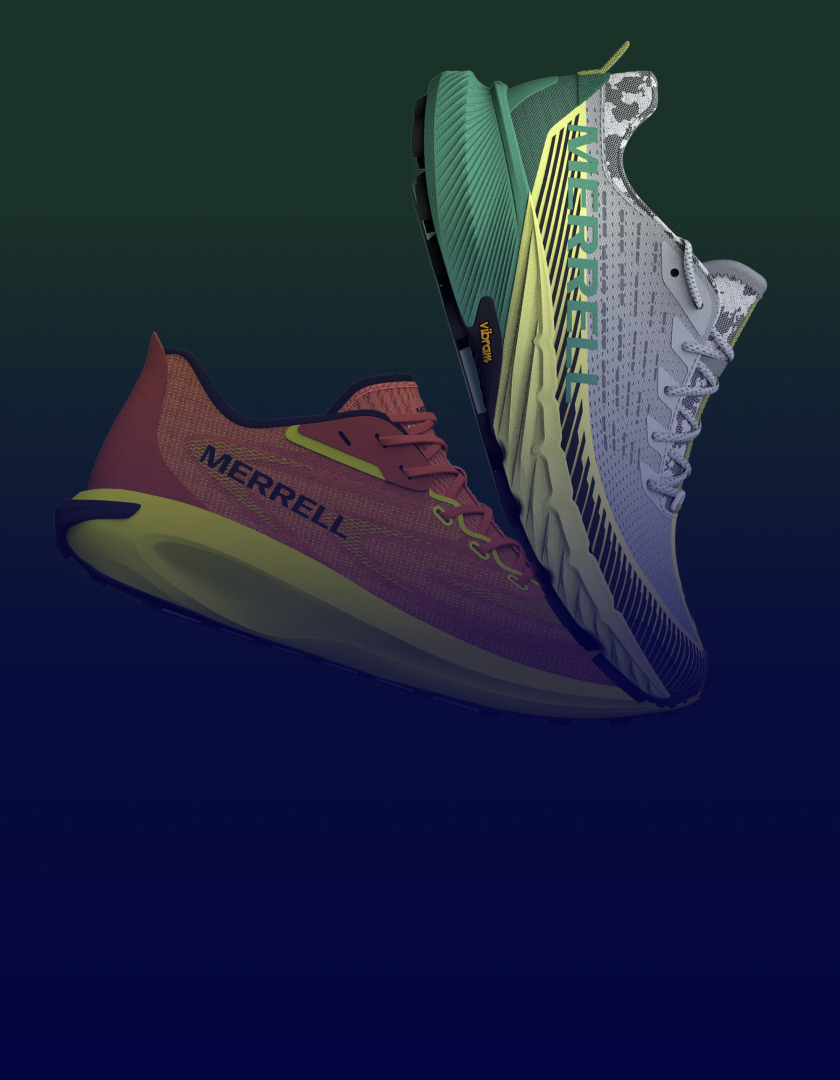How Brands Can Leverage the Power of Sustainable Textile Materials

In recent years, the fashion industry’s faced unprecedented challenges in the face of changing economic times. In a post-pandemic world, supply chains are more vulnerable and more consumers are focused on purchasing goods that align with their own values and personal preferences.
A glaring problem the industry faces is one of waste. According to environmental news site Earth.org, more than 92 million tons of textiles are thrown away every year. Fast fashion is an obvious culprit in this dilemma, but brands and retailers of all niches and submarkets produce an overwhelming amount of waste.
The Rise of Sustainability
Consumers have taken notice and it shows: a 2023 report from McKinsey and NielsenIQ revealed that 78% of those surveyed believe sustainability is a priority for their lifestyle and 60% said they’d pay more for products that were sustainably made.
Despite these findings, sustainable production is still in its infancy and the textile industry stands at a pivotal crossroads.
As climate change accelerates and consumer preferences shift toward sustainability, the materials brands and manufacturers choose to create garments have never been more critical. The fashion and apparel industry alone contributes 10% of global carbon emissions and is responsible for significant water pollution.
Sustainable textile materials offer a path forward, balancing functionality and environmental stewardship. In this blog post, we’ll uncover some of the benefits and challenges of sustainable textiles and what the future holds for these potentially industry-changing trends.
What Are Sustainable Textile Materials?
Sustainable textiles are materials that minimize environmental impact across their lifecycle—from sourcing and manufacturing to eventual disposal. They often use renewable resources, reduce chemical use and emphasize recyclability or biodegradability.
Some common types of sustainable materials include:
- Organic Cotton: Grown without synthetic pesticides, organic cotton uses up to 88% less water than conventional cotton.
- Recycled Fibers: Materials like recycled polyester and nylon prevent waste from ending up in landfills.
- Plant-Based Leathers: Innovations like Piñatex (pineapple leather) and Mylo (mushroom leather) reduce the need for traditional, resource-heavy leather.
- Bio-Based Synthetics: Options such as corn-based polyester offer renewable alternatives to petroleum-based fabrics.
- Hemp: Naturally durable and requiring minimal water, hemp supports soil regeneration.
These are just a few of the many plant-based, animal-derived and synthetically produced materials that are making their way into more brands’ fashion inspiration, concepts and eventual product lines.
Benefits of Sustainable Textile Materials
For conscientious brands, retailers and manufacturers, sustainable textiles are essential for building a resilient, competitive business in today’s eco-conscious market.
From reducing costs to meeting customer demands, sustainable materials deliver tangible benefits across the board. Here’s how they can transform your operations.
Environmental Impact
The environmental benefits of sustainable textiles are undeniable. By choosing eco-friendly materials, companies can significantly reduce their carbon footprint and resource consumption.
- Lower Carbon Emissions: Materials like recycled polyester use up to 70% less energy compared to virgin polyester.
- Water Conservation: Organic cotton requires significantly less water, with estimates showing up to 91% savings compared to conventional cotton.
- Reduced Pollution: Closed-loop systems for fibers like Lyocell prevent harmful chemicals from entering the ecosystem, ensuring cleaner production practices.
Keep in mind: By minimizing environmental harm, businesses position themselves as responsible leaders in their industries while contributing to global retail sustainability goals.
Enhanced Brand Reputation
Sustainability sells. Modern consumers increasingly prioritize brands that demonstrate environmental stewardship and transparency.
- Customer Loyalty: A recent study revealed that 67% of consumers consider sustainable materials a factor when choosing brands.
- Differentiation: Offering eco-friendly products sets your company apart in a crowded market, appealing to both B2C and B2B audiences.
Keep in mind: Sustainable textiles help businesses align with consumer values, fostering trust and long-term loyalty.
Cost Efficiency Over Time
While initial costs for sustainable materials may be higher, the long-term savings often outweigh the investment.
- Waste Reduction: Using recycled or regenerative materials lowers dependency on virgin resources, cutting procurement costs.
- Durability: Many sustainable textiles, like hemp and organic wool, are more durable, reducing product returns and replacements.
Keep in mind: These efficiencies drive profitability while meeting sustainability objectives, particularly when viewed from a long-term perspective.
Compliance and Supply Chain Visibility
Governments worldwide are enacting stricter environmental regulations. Sustainable textiles help businesses stay ahead of evolving compliance requirements, reducing legal risks and associated costs.
Adopting sustainable textiles often involves working with certified suppliers, ensuring fair labor practices and ethical sourcing. This not only protects workers but also aligns with global standards like Fair Trade and OEKO-TEX® certifications.
Keep in mind: With sustainable textiles, companies can unlock a triple bottom line of environmental, social and financial benefits, ensuring both short-term wins and long-term growth.
Challenges of Sustainable Textile Adoption
Despite the growing demand and undeniable benefits of sustainable textiles, adoption comes with its own set of challenges. These obstacles often involve balancing cost, scalability and operational complexities—all while ensuring the materials meet quality and performance standards.
Cost of Adoption
Sustainable materials like organic cotton or plant-based alternatives often come with higher production expenses due to ethical labor practices, certifications and lower economies of scale.
For many brands, this premium pricing can be a barrier, particularly for small to medium-sized businesses operating on tight margins. While the long-term benefits may justify the investment, the upfront costs remain a significant challenge.
Scalability of Operations
Many sustainable materials, especially innovative options like mycelium leather or lab-grown fabrics, are not yet produced at the scale needed to meet global demand.
This limits their availability and accessibility for brands looking to implement them widely. Even for established materials like recycled polyester, consistent sourcing at scale can be difficult, especially when relying on global supply chains.
Supply Chain Complexity
Transitioning to sustainable textiles often requires overhauling established supplier relationships, ensuring ethical sourcing and navigating certifications like GOTS or Fair Trade.
Tracking the origins and lifecycle of materials to ensure transparency and compliance adds another layer of complexity. For companies that have relied on traditional suppliers for years, this shift can be daunting.
Quality Standards
From a performance perspective, sustainable textiles need to meet the same durability, comfort and aesthetic standards as conventional fashion materials.
While innovations have come a long way, some sustainable options still face challenges in areas like water resistance, stretchability, or maintaining vibrant colors.
- Balancing costs and scalability with sustainability goals
- Ensuring supply chain transparency and ethical sourcing
- Achieving comparable performance with sustainable materials
Navigating these challenges requires thoughtful planning, collaboration with suppliers and the ability to streamline the adoption process. By addressing these hurdles head-on, brands can position themselves for success in rapidly evolving fashion markets.
Sustainable Textiles Use Case: Tentree
Tentree, an environmentally conscious apparel brand based in Vancouver, Canada, has redefined how sustainability aligns with business growth.
Their mission is clear: plant ten trees for every product sold, with a goal to plant one billion trees by 2030. As of now, Tentree has already planted over 66 million trees, showcasing the power of blending commerce with ecological responsibility.
How Tentree Leverages Sustainable Textiles
Tentree is committed to sourcing eco-friendly materials like organic cotton, recycled polyester and Tencel. These materials not only reduce the environmental footprint of their apparel but also ensure comfort and durability for customers.
By focusing on plant-based dyes and biodegradable fabrics, the company minimizes chemical use, supporting healthier ecosystems and communities.
PLM as a Growth Enabler
As Tentree scaled rapidly—from producing a few T-shirts to designing and manufacturing over 500,000 units annually—it faced challenges in managing its supply chain and ensuring transparency.
Traditional tools like spreadsheets and manual reporting became bottlenecks. The adoption of Centric PLM transformed their operations, providing a centralized platform for managing designs, tracking sustainable materials and maintaining supply chain transparency.
Driving Sustainability
With Centric PLM, Tentree streamlined their workflows, reducing manual design tasks and enabling their teams to focus on creativity and innovation.
Tasks like color mapping and SKU management, which once consumed hours, now take minutes. Moreover, the PLM system helps Tentree maintain traceability, ensuring that each step in their supply chain aligns with their sustainability goals.
Harness the Power of Sustainability with Centric PLM
For future-facing brands, sustainable materials offer a pathway to reduced environmental impact, enhanced product quality and stronger consumer loyalty.
But the obstacles they face can be daunting and without the right strategy, adoption of sustainable textiles can be costly and complex.
That’s where Centric Software® comes in.
Centric PLM empowers brands and manufacturers to unlock the full potential of sustainable textile materials.
By providing a centralized platform to manage product development, sourcing and supply chain operations, Centric PLM simplifies the complexities of integrating sustainable practices into your business.
As the demand for sustainable textiles grows, brands equipped with the right tools can lead the way in creating products that are not only profitable but also environmentally and socially responsible.









